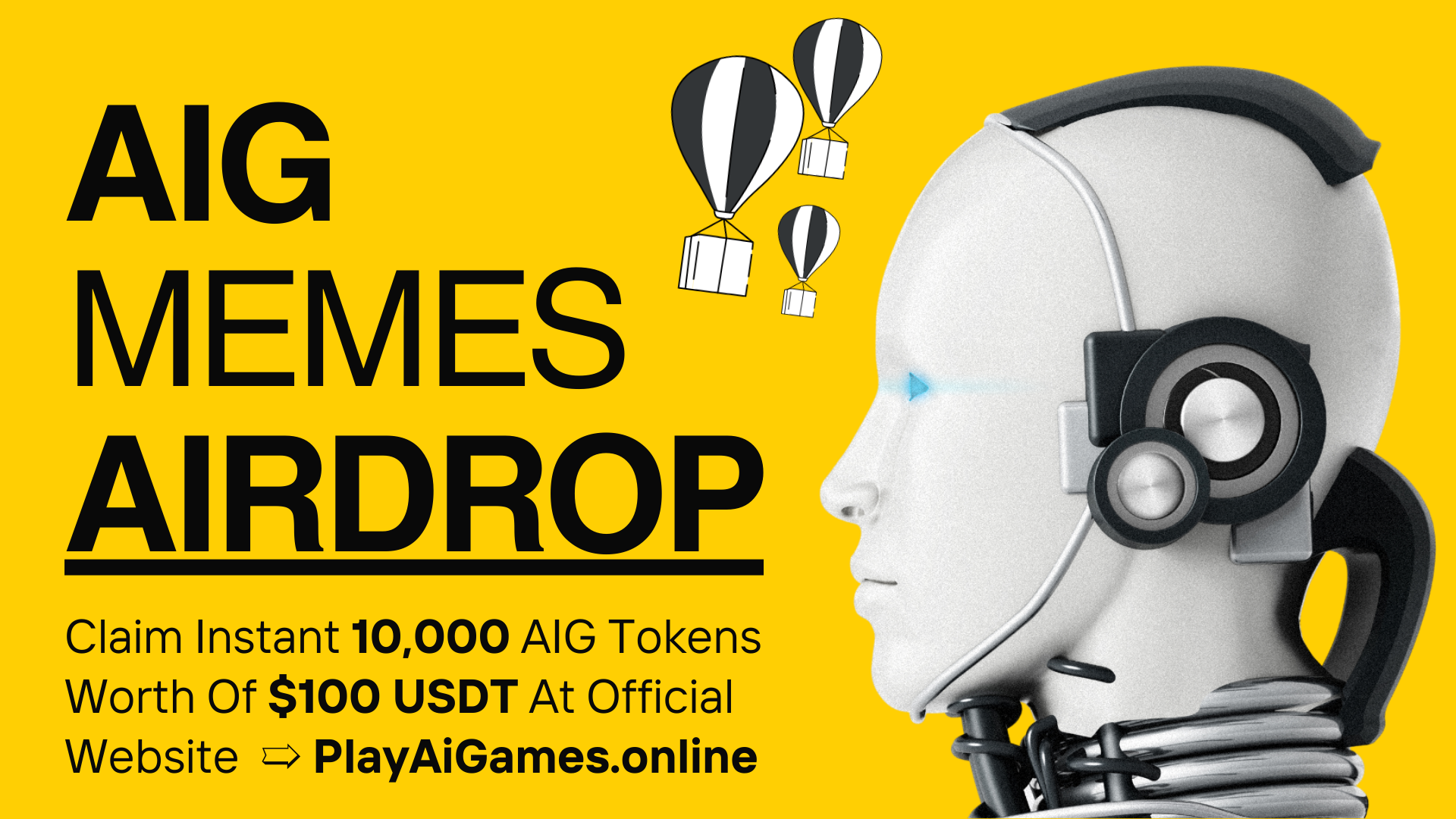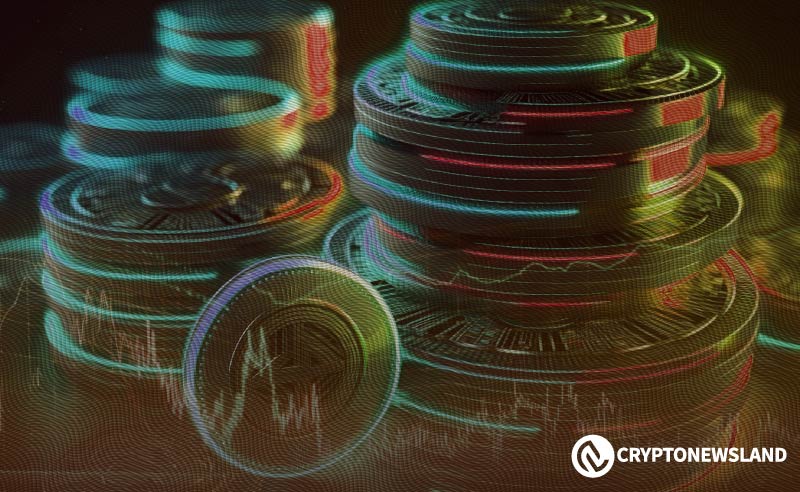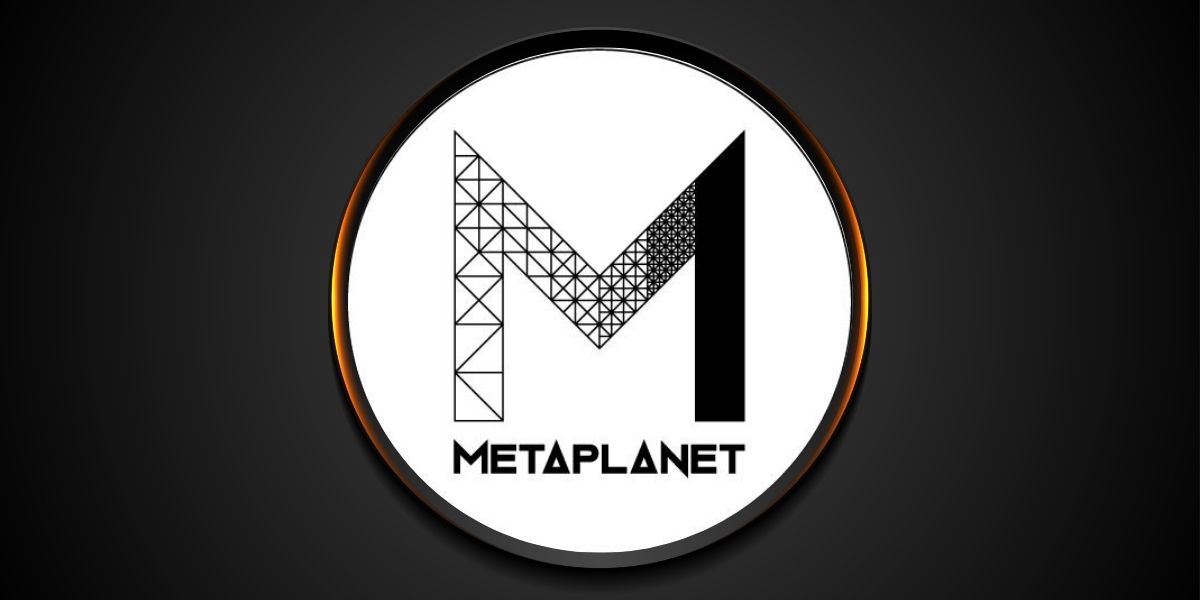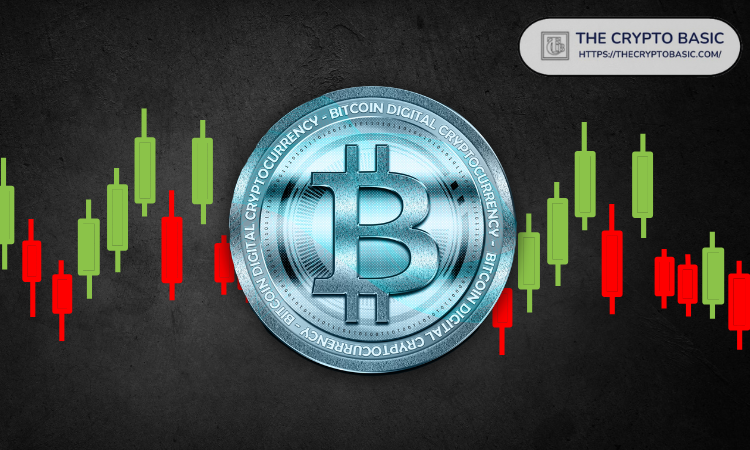- Each altcoin category serves distinct purposes within the cryptocurrency ecosystem, from network operations to financial services.
- The diversity of altcoin types reflects the expanding applications of blockchain technology across different sectors.
- Understanding altcoin categories helps investors evaluate projects based on their technological foundations and use cases.
In the ever-evolving space of cryptocurrencies, ‘altcoins’ are different types of digital assets with different functions throughout the blockchain sphere. These altcoins are different technology implementations, funds, and utility products, all of which have different roles to play in the evolution of a cryptocurrency marketplace. It has thus become important for investors and any lover of technology to decipher the differences and uses of the two hence this article.
Platform Tokens: The Foundation of Blockchain Ecosystems
Platform token is another token that works as the native currency for blockchain networks and enables dApps as well as facilitates smart contracts. Some of the examples of Natives that are used to perform such operations and act as governance tokens include Ethereum (ETH), Solana (SOL), and Cardano (ADA). They also allow project developers to create and launch applications while rewarding participants for their efforts to support and maintain the network.
Defi Coins: Innovative Financial Infrastructure
Decentralized Finance (DeFi) coins represent a groundbreaking shift in traditional financial services. These tokens power lending platforms, decentralized exchanges, and yield farming protocols. Projects like Uniswap (UNI), Aave (AAVE), and Compound (COMP) demonstrate how DeFi coins enable permissionless access to financial services while rewarding liquidity providers and protocol users.
Stablecoins: The Bridge to Traditional Finance
Stablecoins do not fluctuate in value since their value is anchored to other assets, most often fiat money. Three stablecoins: Tether (USDT), USD Coin (USDC), and DAI, show how different methods of maintaining stability might work – reserve bank and algorithm. These tokens allow for the provision of trading, management of volatility risk, as well as internationalization.
Mining-based Altcoins: Securing Network Consensus
Mining-based altcoins are in many instances, centralized with the Proof-of-Work consensus algorithms used in validating transactions and generation of new coins. Litecoin, Monero, and Doge are real-world examples of how mining algorithms and reward distribution lead to various economic scenarios and security presence on the blockchains.
Read CRYPTONEWSLAND on
google news
Utility Tokens: Powering Decentralized Services
Utility tokens offer an opportunity to gain access to certain products or services offered within the blockchain. BAT, FIL, and VET are examples of how utility tokens can transform industries via blockchain across fields such as digital advertising and supply chain.
Crypto News Land, also abbreviated as “CNL”, is an independent media entity – we are not affiliated with any company in the blockchain and cryptocurrency industry. We aim to provide fresh and relevant content that will help build up the crypto space since we believe in its potential to impact the world for the better. All of our news sources are credible and accurate as we know it, although we do not make any warranty as to the validity of their statements as well as their motive behind it. While we make sure to double-check the veracity of information from our sources, we do not make any assurances as to the timeliness and completeness of any information in our website as provided by our sources. Moreover, we disclaim any information on our website as investment or financial advice. We encourage all visitors to do your own research and consult with an expert in the relevant subject before making any investment or trading decision.









